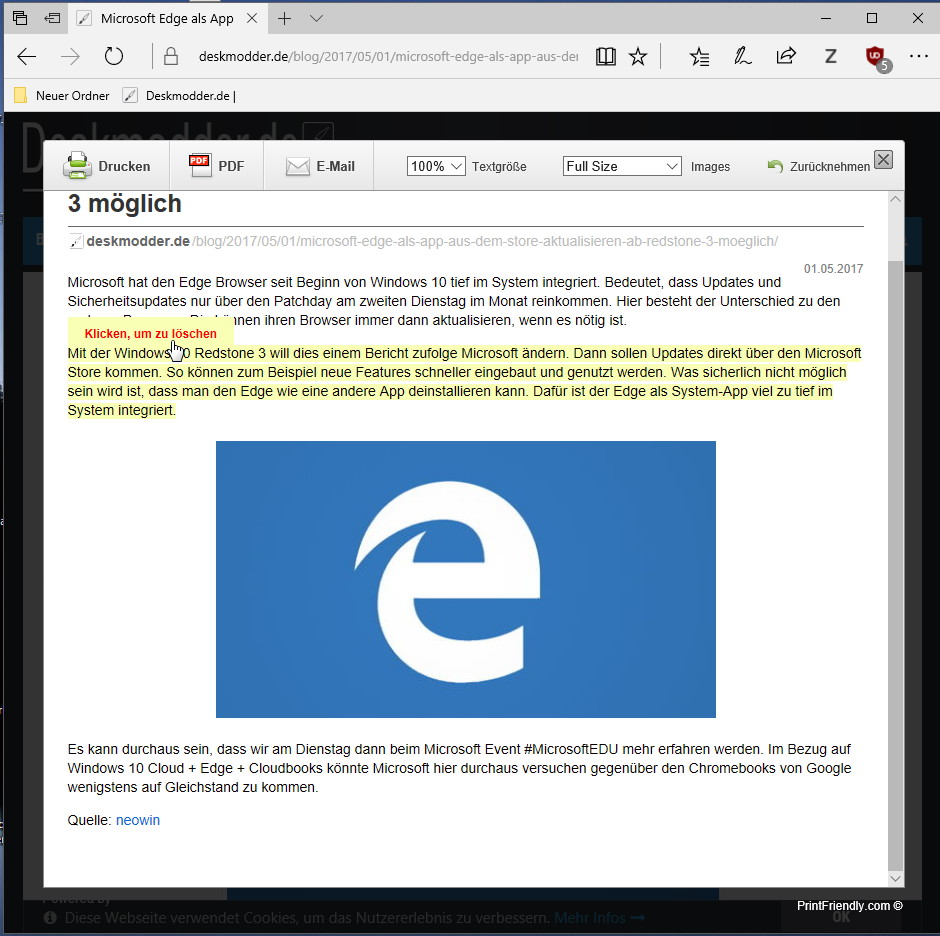

The default engine is the "ruffle" emulator, which supports AVM 1 (ActionScript 1 & 2) language and most of the AVM 2 (ActionScript 3) language. Users can switch between these two engines to compare parsing efficiency. This extension employs two JavaScript libraries as the Flash emulator engine for rendering Flash content ("ruffle" and "swf2js"). Additionally, the extension adds two context menu options for SWF links and the page context, with the page context menu functioning similarly to the browser action button. To play Flash content on sites that still use it, you can try the Ruffle browser extension ( this is basically a Flash Player emulator): (only the Firefox extension is signed, so you will need to activate Developer Mode in Chrome) doveletchan 2 yr. Once a link is detected, the extension parses the content of the Flash and plays it in a new window that is sandboxed for secure parsing. This free download is compatible with modern operating systems, including Windows, Mac, and Linux. A better option is to use the open-source Flash Player emulator Ruffle. Use the PDF tools from the extension widget To open the extension widget, click the Adobe Acrobat icon on the Chrome toolbar. The extension adds a button to the browser action area, which, upon clicking, searches for SWF objects or links on the current page. Create a virtual machine, install Flash 32.0.0.371 and a compatible browser, then import your. Click the Extensions icon on the Chrome toolbar, and then click the Pin icon for Adobe Acrobat.


With this extension, there is no need to install any native plug-ins to play Flash content on websites. The "FlashPlayer - SWF to HTML" extension allows users to play SWF objects within webpages, even though Flash usage is becoming less common.


 0 kommentar(er)
0 kommentar(er)
